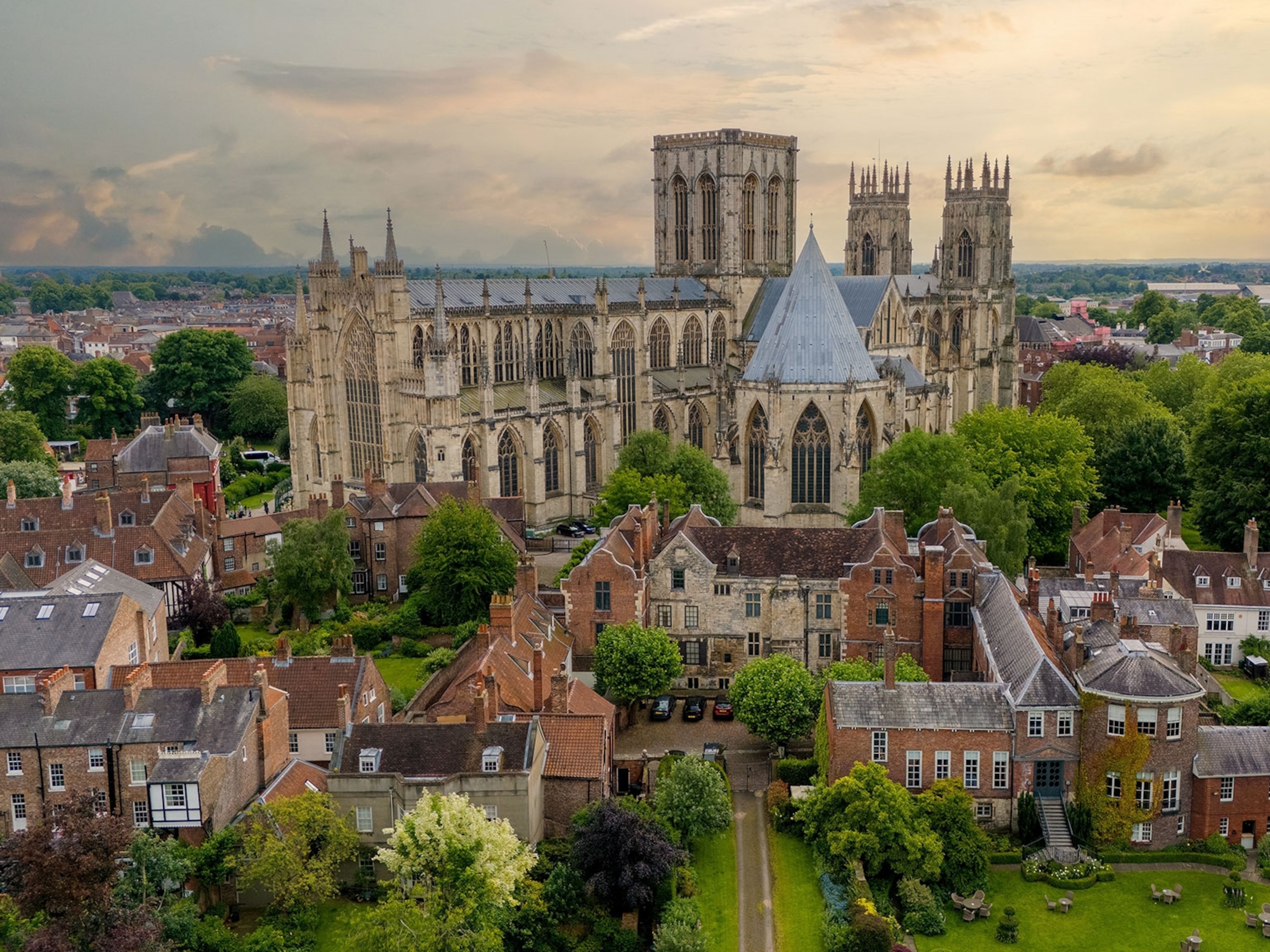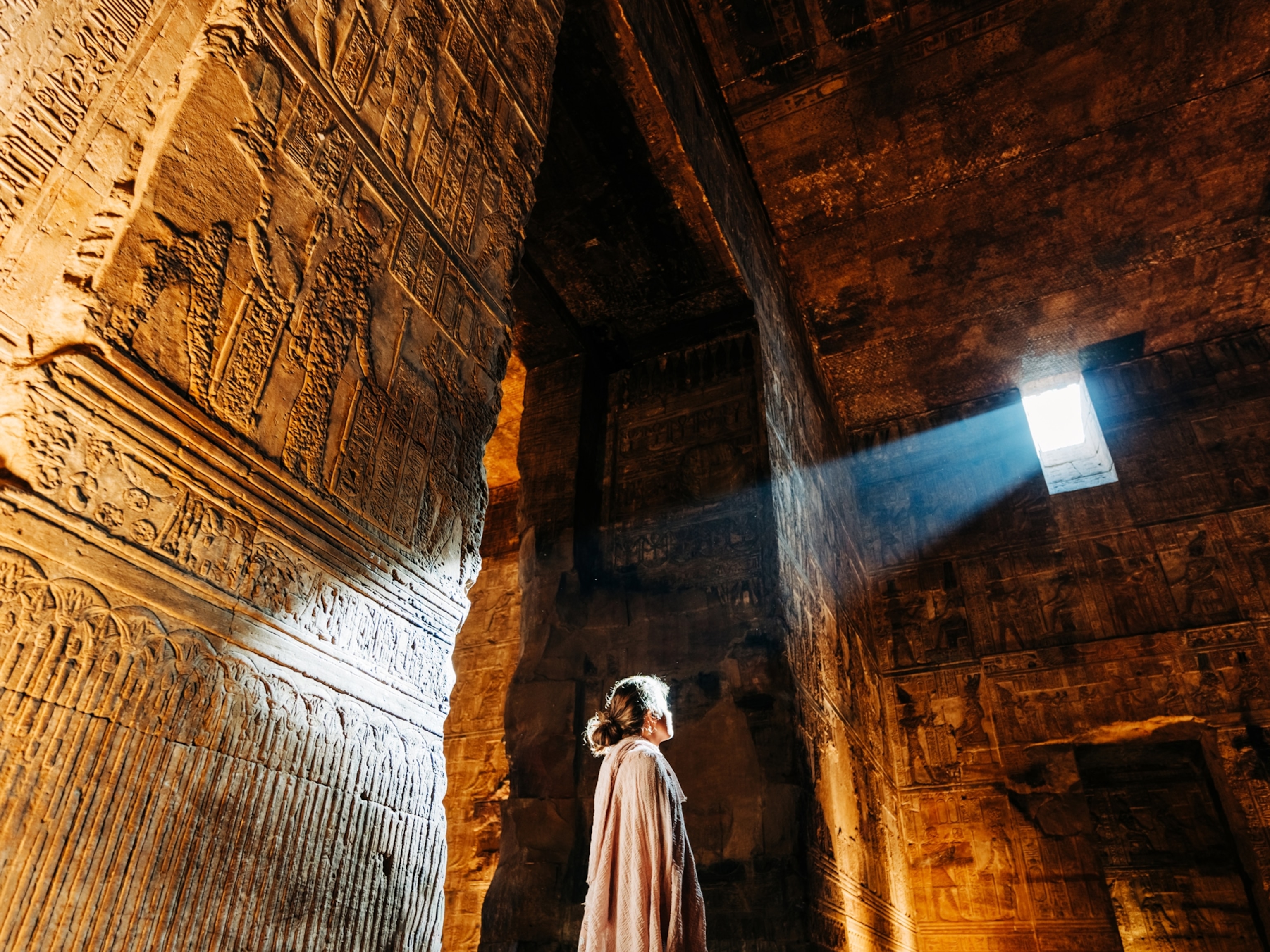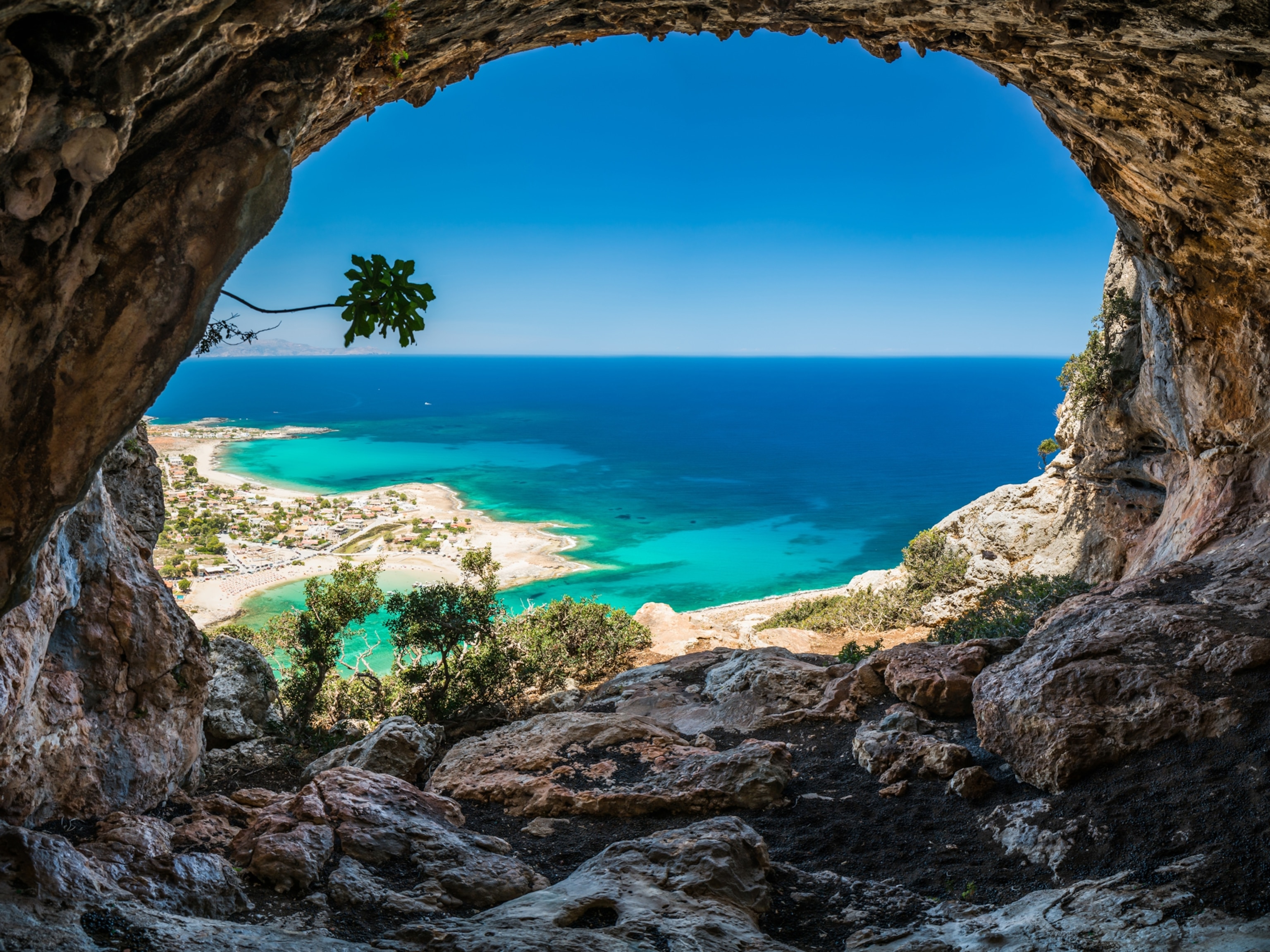1 of 10
Rembrandt Harmensz. van Rijn
Photos: Famous Great Travelers
Tourism has been around since antiquity—the earliest guidebook, The Description of Greece, was written by Greek geographer Pausanias around A.D. 160—but travel is timeless. A handful of history’s boldest travelers staged epic journeys that crossed new lands, broke cultural barriers, and revealed the radical diversity of the world around us. In doing so, these trailblazers confirmed that wanderlust is part of the human condition. “Curiosity is the one thing invincible in nature,” wrote explorer Freya Stark—one of ten travelers whose intrepid itineraries left the world a better place. —By George W. Stone
May 1, 2012
- National Geographic Expeditions
Travel with National Geographic















